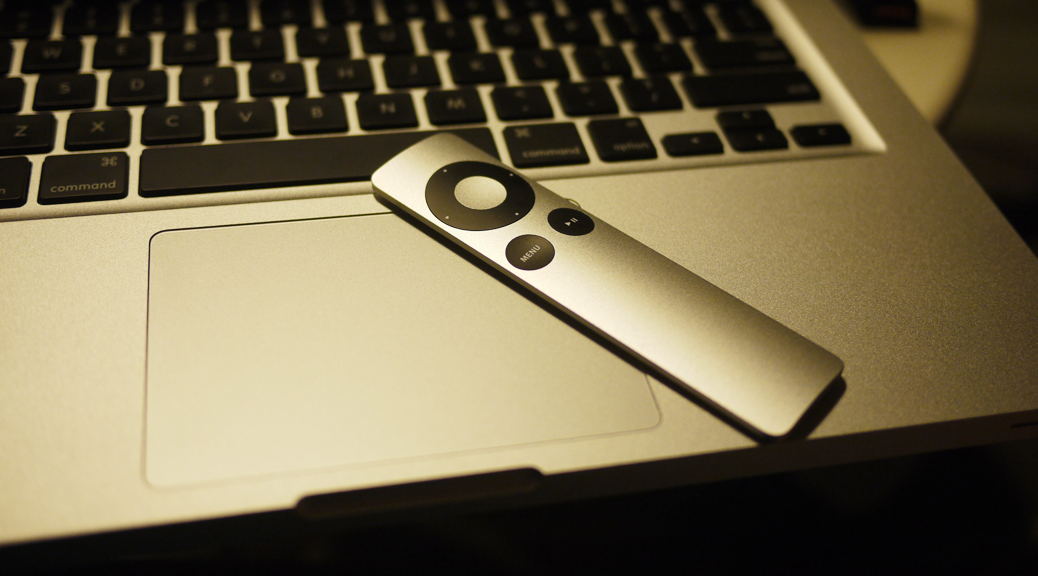iOS screen resolutions from an app developer’s point of view. 2007: In the beginning Back in 2007 when the first iPhone and iPod Touch were launched, iOS developers only had to worry about one resolution: 480×320. Its aspect ratio is 3:2. Life was great. 2010: The retina displays Fast forward three years and three generations later. In 2010, the iPhone 4 and iPod Touch 4th generation were launched with the first Retina Displays, which doubled the resolution of the screens. The new resolution thus was 960×640. This was great for developers as the new resolution had the same aspect ratio of Continue Reading
apple
Secure your Mac’s infrared port against random Apple Remotes
If you have a MacBook with an infrared receiver, did you know your Mac could be open to other people controlling your computer? By default, Mac OS will recognize the signal of any Apple Remote. Although the effect is relatively harmless (they will probably be able to randomly play some tracks on iTunes), it can range from being annoying if you were studying in the library and your friend happened to prank you, to embarrassing if you happened to be doing a presentation. Most people do not need to allow any Apple Remote to control their computer. Why would you Continue Reading
A real MacBook Pro
I bought my MacBook Pro back in 2009. It was a Mid-2009 (2nd generation) version with a Core 2 Duo with the basic 2GB of memory and 250GB hard disk drive. I chose Mac because of many reasons; here are some of them, ordered by what I thought most important first: Solid construction: The unibody construction was a huge factor. The size was quite slim and easily portable. The aluminum exterior felt solid. Since getting the laptop, I’ve only dropped it once. The hard drive died as a result (expected); was not a big deal to replace it. Battery Life: Continue Reading
Steve Jobs’ Clicker
I was snooping around the A/V desk at the RCAV One Conference that was held last Saturday at the Vancouver Convention Centre, and came across one interesting piece of equipment that I didn’t really recognize. It turned out to be a PerfectCue receiver, identified by the convenient markings on the rear of the unit that I was facing. So I proceeded to look up more information about this little unit. And it turned out that it was also the same system that Steve Jobs (and Apple in general) used in his keynote presentations! Before the black clicker, there was a blue Continue Reading
